Emergencies come in many forms—storms, power outages, wildfires, or floods. But one thing is consistent: the better prepared you are, the safer and more confident you’ll feel. In this post, we’ll walk through the five most important items every emergency kit should include—and why they matter.
✅ Pro tip: At the end, grab a printable checklist to make sure you’re ready.
1. Clean Water Supply
You can survive for weeks without food—but only days without water. Clean drinking water is a top priority in any emergency.
What to Include:
- 1 gallon of water per person per day (for at least 3 days)
- Emergency water pouches or bottled water
- Water purification tablets or a filtration bottle (like a LifeStraw)
Why it matters: Floods, storms, and infrastructure failures often disrupt water supplies. Having your own clean source is a lifesaver.
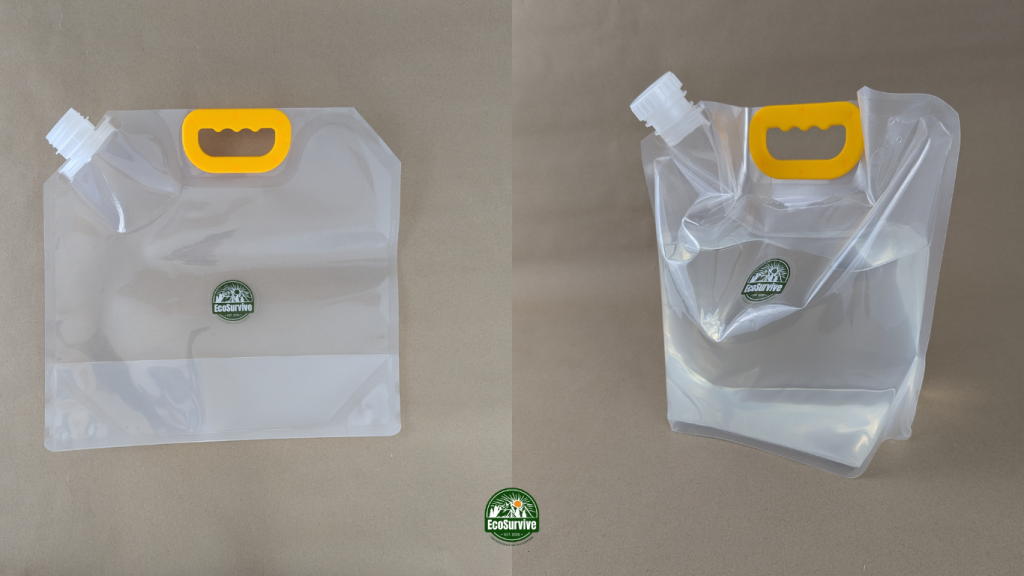
2. Food Rations
In a crisis, food gives you energy, stability, and a sense of normalcy. Emergency rations are designed to be compact, long-lasting, and easy to store.
What to Include:
- A 3-day supply of non-perishable food per person
- High-calorie emergency bars or MREs (Meals Ready to Eat)
- Consider dietary needs and include utensils or a mess kit
Why it matters: In disasters, grocery stores may close or sell out fast. Food security means you can focus on staying safe.

3. Flashlight or Emergency Light Source
Power outages are common during natural disasters, and being in the dark can be dangerous. Light is key for safety, communication, and comfort.
What to Include:
- LED flashlight or headlamp
- Hand-crank or solar-powered flashlight (no batteries required)
- Extra batteries (if applicable)
Why it matters: A dependable light source can help you find your way, signal for help, or simply stay calm when the lights go out.
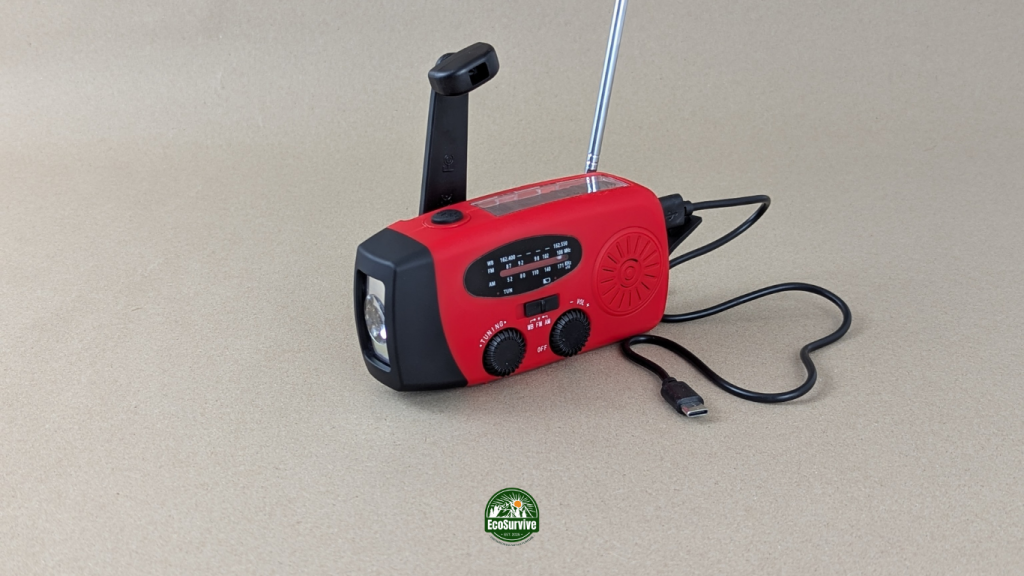
4. First Aid Kit
Even minor injuries can become serious in emergencies. A well-stocked first aid kit helps you manage wounds and protect your health.
What to Include:
- Bandages, gauze, antiseptic wipes
- Tweezers, scissors, gloves, and a face mask
- Over-the-counter pain relievers and personal medications
Why it matters: Medical services may be delayed or overwhelmed during disasters. First aid gives you control over small issues before they become big ones.
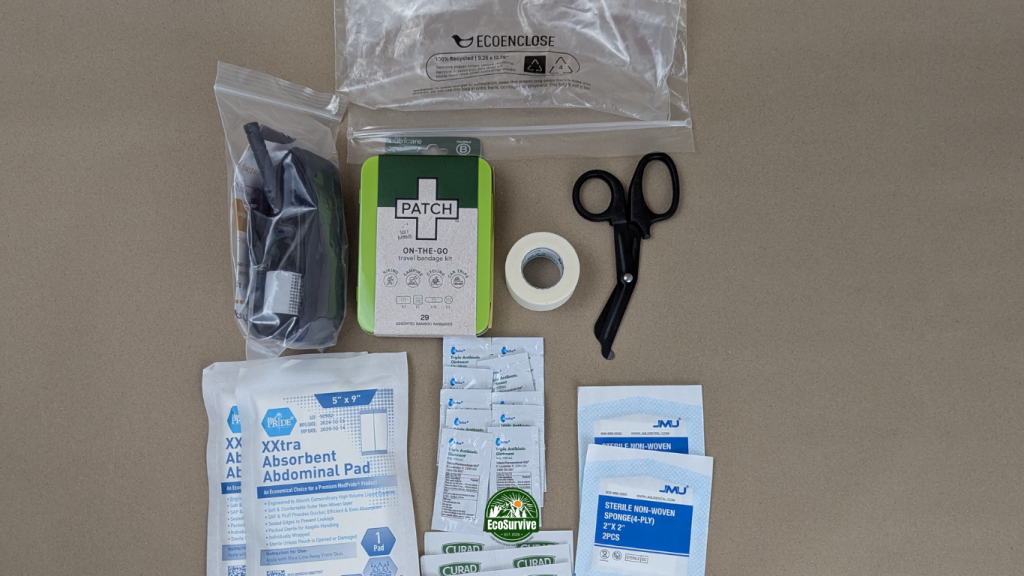
5. Emergency Shelter & Warmth
Protection from the elements is just as important as food and water. Whether you’re outside or without power indoors, staying dry and warm is essential.
What to Include:
- Emergency blanket (Mylar or foil)
- Poncho or tarp for shelter
- Compact sleeping bag or pad (optional)
Why it matters: Exposure to cold, wet, or extreme weather can lead to hypothermia. A simple shelter setup protects your body and your morale.
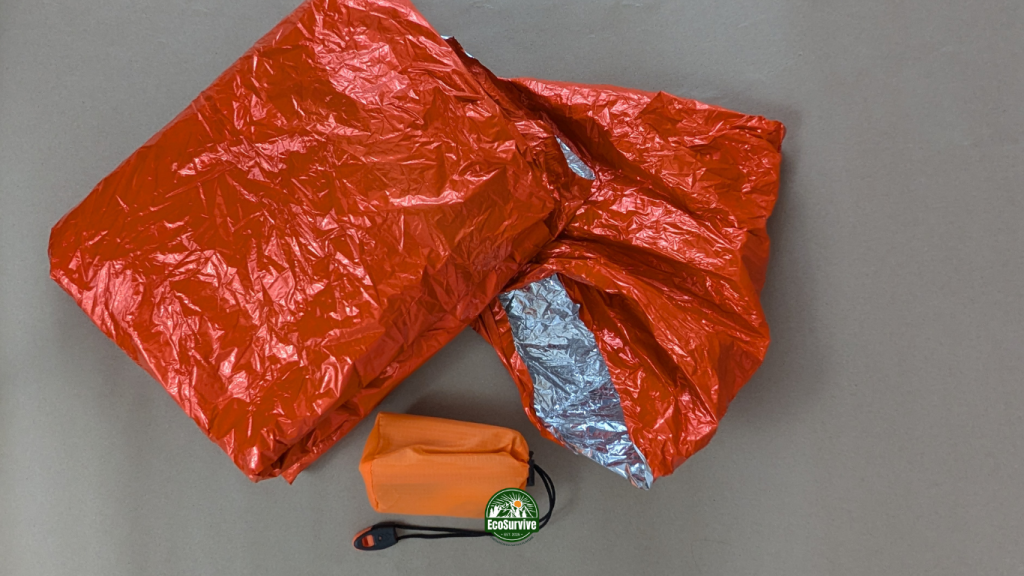
Bonus Tip: Don’t Forget a Plan
Gear is essential, but so is knowing what to do. Build a simple family emergency plan:
- Share contact info and meeting points
- Identify evacuation routes
- Keep copies of important documents in waterproof storage
Want help getting started? Download our free emergency preparedness checklist.
Ready to Build Your Kit?
Our EcoSurvive Essential Kit covers these must-have items and more, with eco-conscious packaging and customizable options based on your region.
Stay safe. Stay ready.


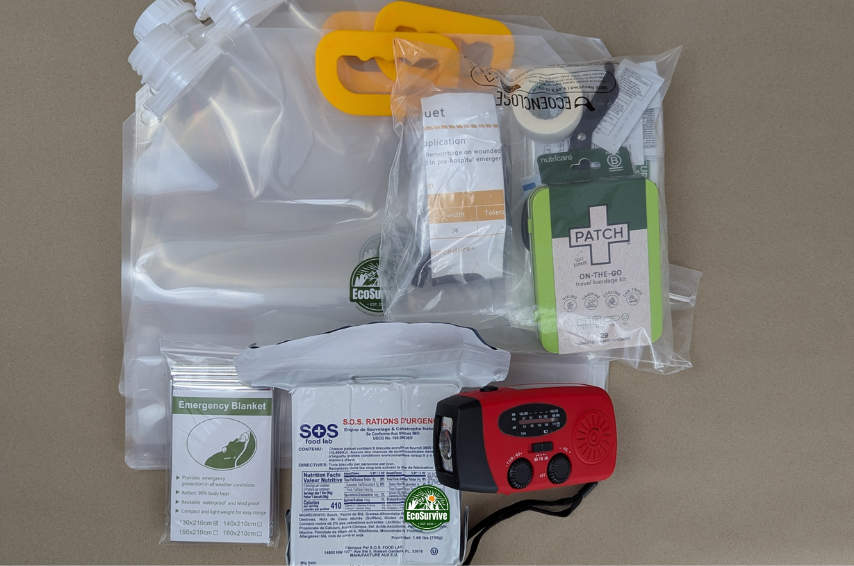

One response
[…] Want to make sure your emergency kit covers the essentials?👉 Read: Top 5 Must-Have Items for Your Emergency Kit […]